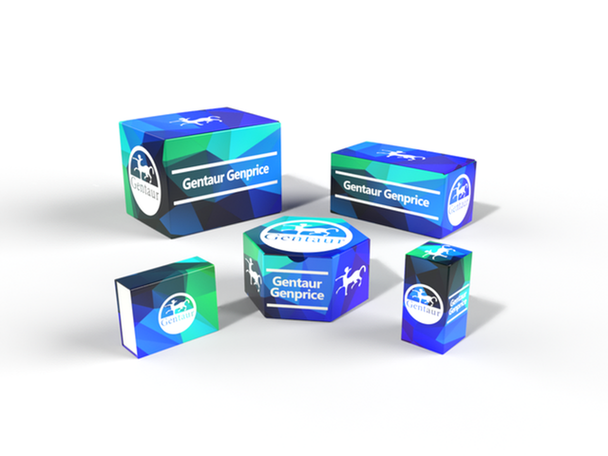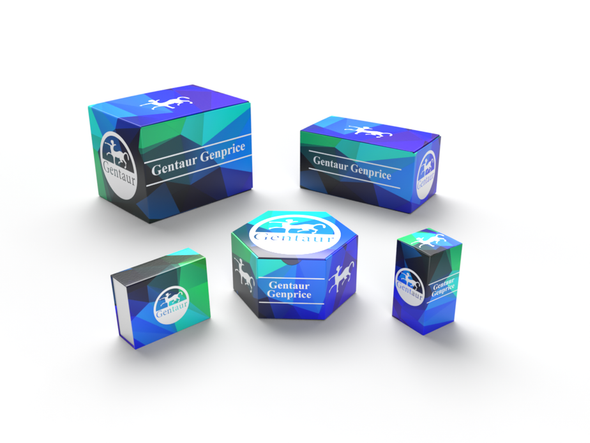Description
TIAL1 Antibody | 31-020 | Gentaur UK, US & Europe Distribution
Host: Rabbit
Reactivity: Human, Dog
Homology: N/A
Immunogen: Antibody produced in rabbits immunized with a synthetic peptide corresponding a region of human TIAL1.
Research Area: Transcription, Cancer, Apoptosis
Tested Application: E, WB
Application: TIAL1 antibody can be used for detection of TIAL1 by ELISA at 1:62500. TIAL1 antibody can be used for detection of TIAL1 by western blot at 1.25 μg/mL, and HRP conjugated secondary antibody should be diluted 1:50, 000 - 100, 000.
Specificiy: N/A
Positive Control 1: Cat. No. 1205 - Jurkat Cell Lysate
Positive Control 2: N/A
Positive Control 3: N/A
Positive Control 4: N/A
Positive Control 5: N/A
Positive Control 6: N/A
Molecular Weight: 42 kDa
Validation: N/A
Isoform: N/A
Purification: Antibody is purified by protein A chromatography method.
Clonality: Polyclonal
Clone: N/A
Isotype: N/A
Conjugate: Unconjugated
Physical State: Liquid
Buffer: Purified antibody supplied in 1x PBS buffer with 0.09% (w/v) sodium azide and 2% sucrose.
Concentration: batch dependent
Storage Condition: For short periods of storage (days) store at 4˚C. For longer periods of storage, store TIAL1 antibody at -20˚C. As with any antibody avoid repeat freeze-thaw cycles.
Alternate Name: TIAL1, TCBP, TIAR
User Note: Optimal dilutions for each application to be determined by the researcher.
BACKGROUND: The protein encoded by TIAL1 is a member of a family of RNA-binding proteins and possesses nucleolytic activity against cytotoxic lymphocyte target cells. The gene product is a cytotoxic granule-associated protein and has been shown to bind specifically to poly (A) homopolymers and to fragment DNA in permeabilized target cells. It has been suggested that members of this protein family may be involved in the induction of apoptosis. One isoform contains a lysosome-targeting motif in its C-terminal auxiliary domain; however, alternative splicing results in a T-cluster DNA-binding isoform, differing at the C-terminus where a hydrophobic sequence replaces the lysosome-targeting motif.






